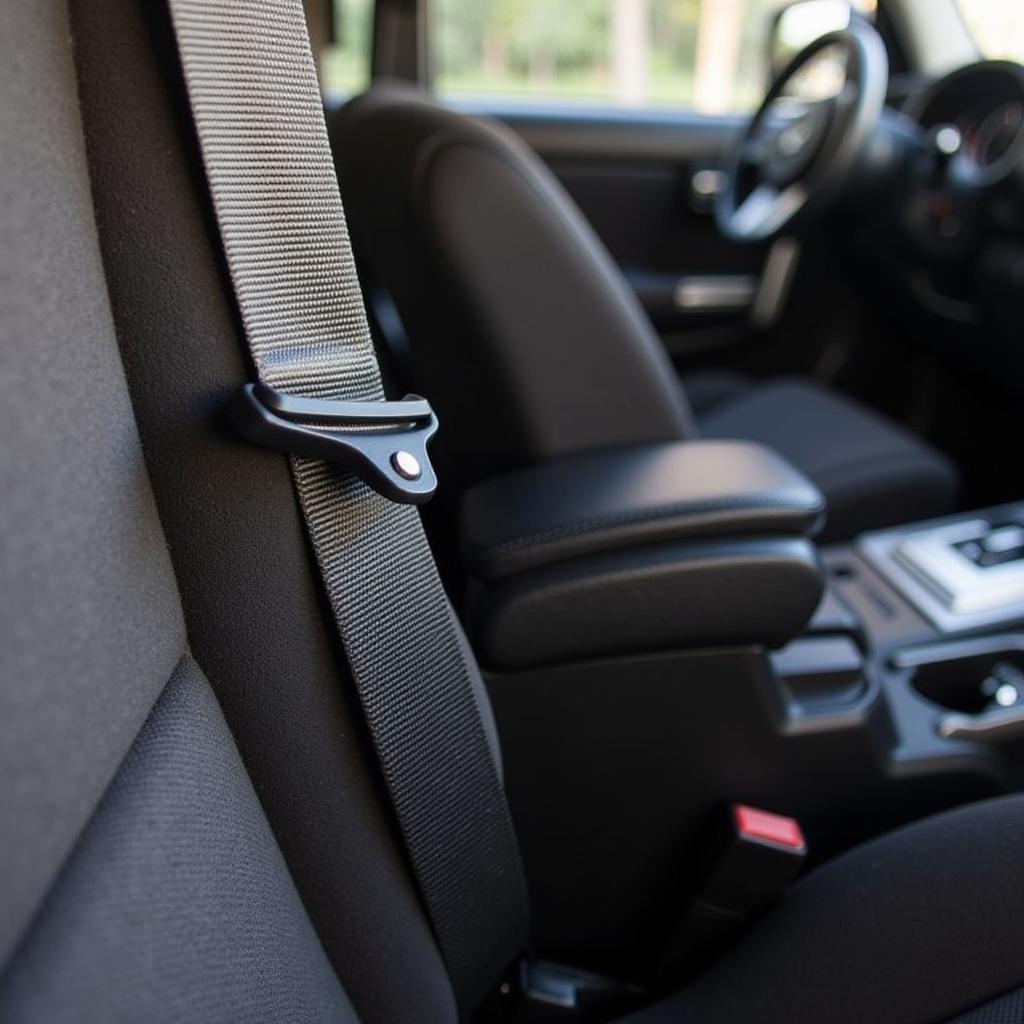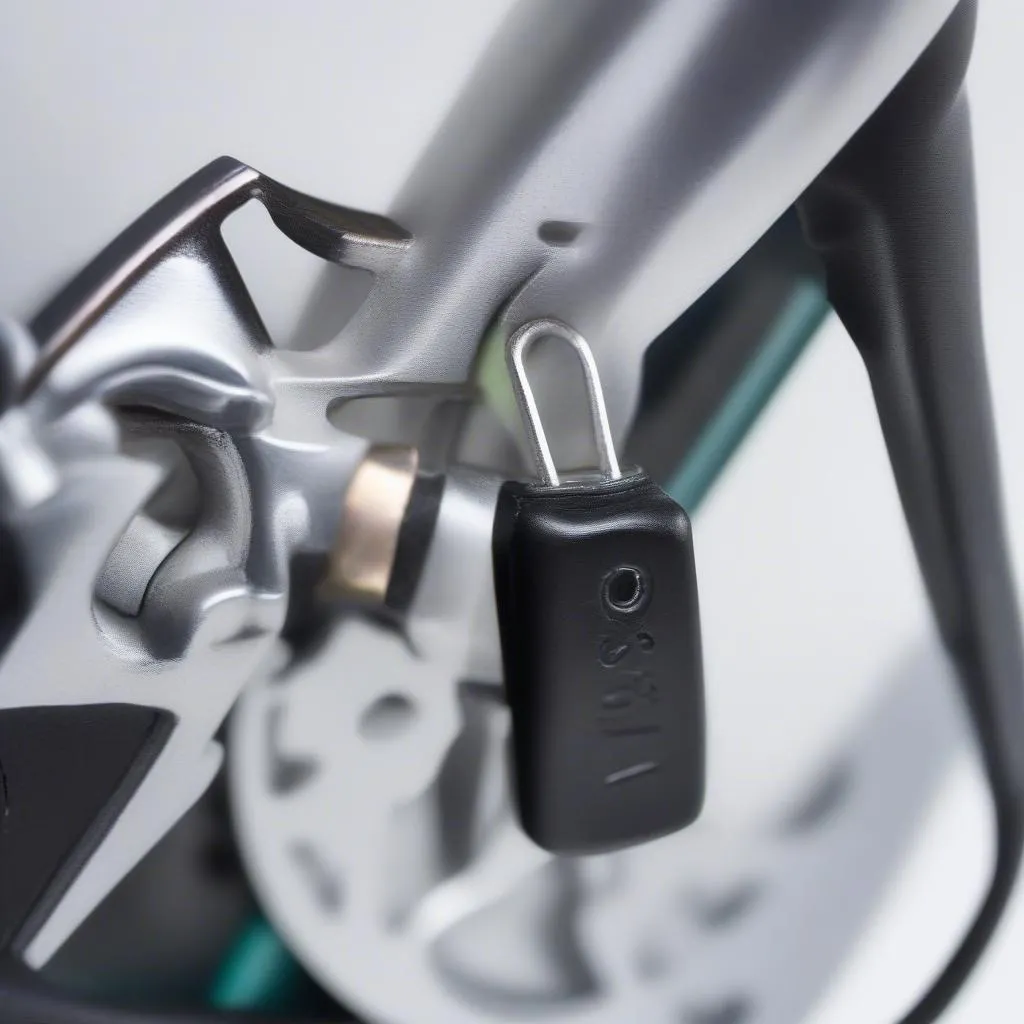The persistent seat belt warning chime in your 2007 FJ Cruiser can be annoying, especially if you’re making short trips on private property. While we strongly advocate for wearing seat belts for safety reasons, we understand that there are situations where turning off the warning chime might be desired.
This comprehensive guide will explore various methods to address the seat belt warning in your 07 FJ Cruiser. We’ll delve into the potential solutions, including DIY tricks, aftermarket products, and professional options.
Understanding Your FJ Cruiser’s Seat Belt Warning System
Before attempting to disable the seat belt warning, it’s crucial to understand how the system works. The 2007 FJ Cruiser uses a combination of sensors and a chime module to detect whether the seat belts are fastened. When the ignition is on and the seat belt is unbuckled, the sensor sends a signal to the chime module, triggering the audible warning.
Simple Methods to Silence the Chime
Let’s start with some straightforward approaches that might provide a temporary fix:
- Fasten the Seat Belt Behind You: This simple trick can fool the sensor into thinking the seat belt is buckled. However, it’s crucial to remember this method compromises safety and is not recommended for driving on public roads.
- Use a Seat Belt Buckle Extension: While designed for individuals who find standard seat belts too restrictive, a buckle extension can also silence the warning chime. However, using an extension without a genuine need might interfere with the seat belt’s effectiveness during a collision.
Exploring Aftermarket Solutions
Several aftermarket products are designed to disable seat belt warning systems. These solutions typically involve:
-
Seat Belt Warning Stoppers: These devices plug into the seat belt receptacle, mimicking a buckled seat belt and preventing the chime. You can find a variety of seat belt stoppers online or at auto parts stores.
-
OBD2 Warning Cancellers: These devices connect to your vehicle’s OBD2 port and can be programmed to disable specific warning lights and chimes, including the seat belt warning. OBD2 cancellers offer a more comprehensive solution but may require professional installation.
Expert Insight: “While aftermarket solutions can be effective, it’s crucial to choose reputable brands and ensure the product is compatible with your 2007 FJ Cruiser,” advises automotive electronics specialist, Mark Stevenson. “Incorrect installation or incompatible devices could potentially affect your vehicle’s electrical system.”
Professional Options for Seat Belt Warning Modification
If you’re uncomfortable with DIY methods or aftermarket solutions, consider seeking professional assistance:
- Dealership Reprogramming: Some dealerships might offer to reprogram your FJ Cruiser’s computer system to adjust the seat belt warning settings. However, this option is not always available and may void your vehicle’s warranty.
- Automotive Electrician: A qualified automotive electrician can disable the seat belt warning chime by modifying the wiring or reprogramming the chime module. This option provides a permanent solution but can be more expensive than other methods.
Prioritizing Safety Above All Else
 FJ Cruiser Interior with Seatbelt
FJ Cruiser Interior with Seatbelt
While silencing a persistent chime might seem appealing, remember that seat belts are crucial safety features. The National Highway Traffic Safety Administration (NHTSA) estimates that seat belts saved nearly 15,000 lives in 2017 alone.
Expert Insight: “As a rule of thumb, always prioritize safety,” emphasizes automotive safety expert, Sarah Thompson. “Disabling safety features should only be considered in exceptional circumstances and never at the expense of driver and passenger well-being.”
Conclusion: Making Informed Decisions About Your FJ Cruiser
Dealing with a persistent seat belt warning in your 07 FJ Cruiser can be frustrating, but various solutions are available, ranging from simple tricks to professional modifications. Weigh the pros and cons of each method carefully and prioritize safety when making your decision.
Remember, while the information provided here offers a comprehensive overview, consulting your vehicle’s owner’s manual and seeking advice from qualified professionals is always recommended before attempting any modifications to your vehicle.

